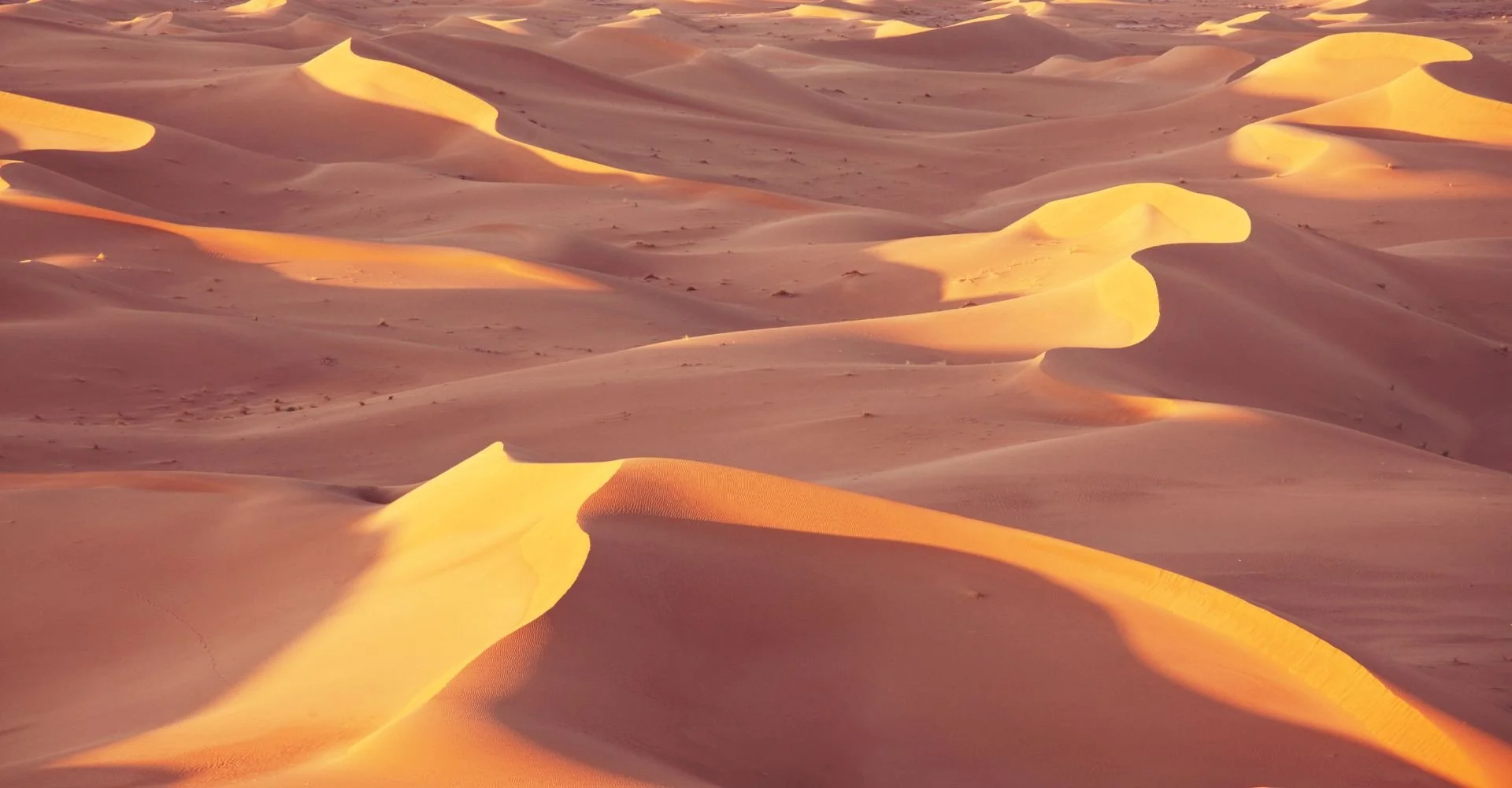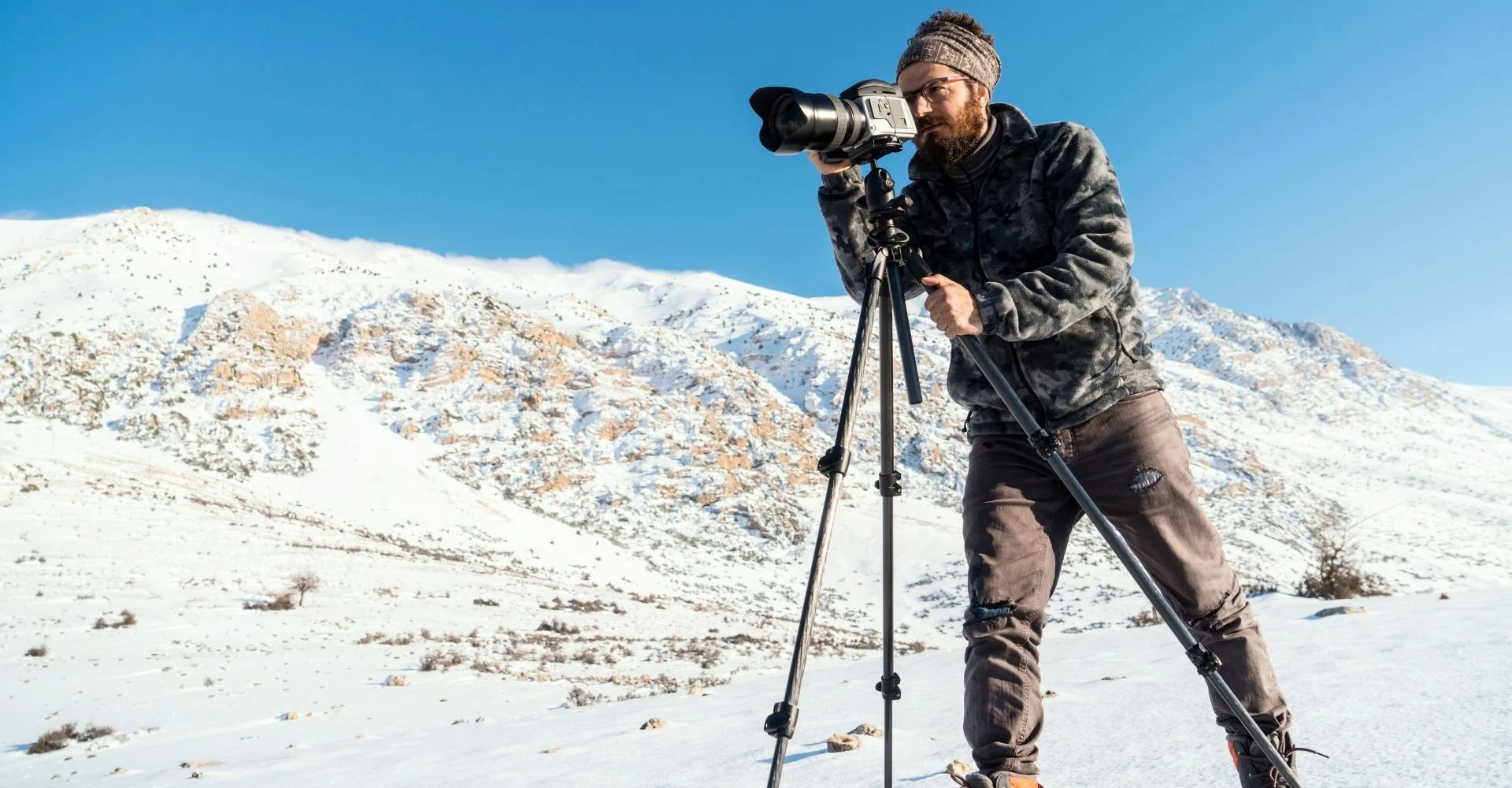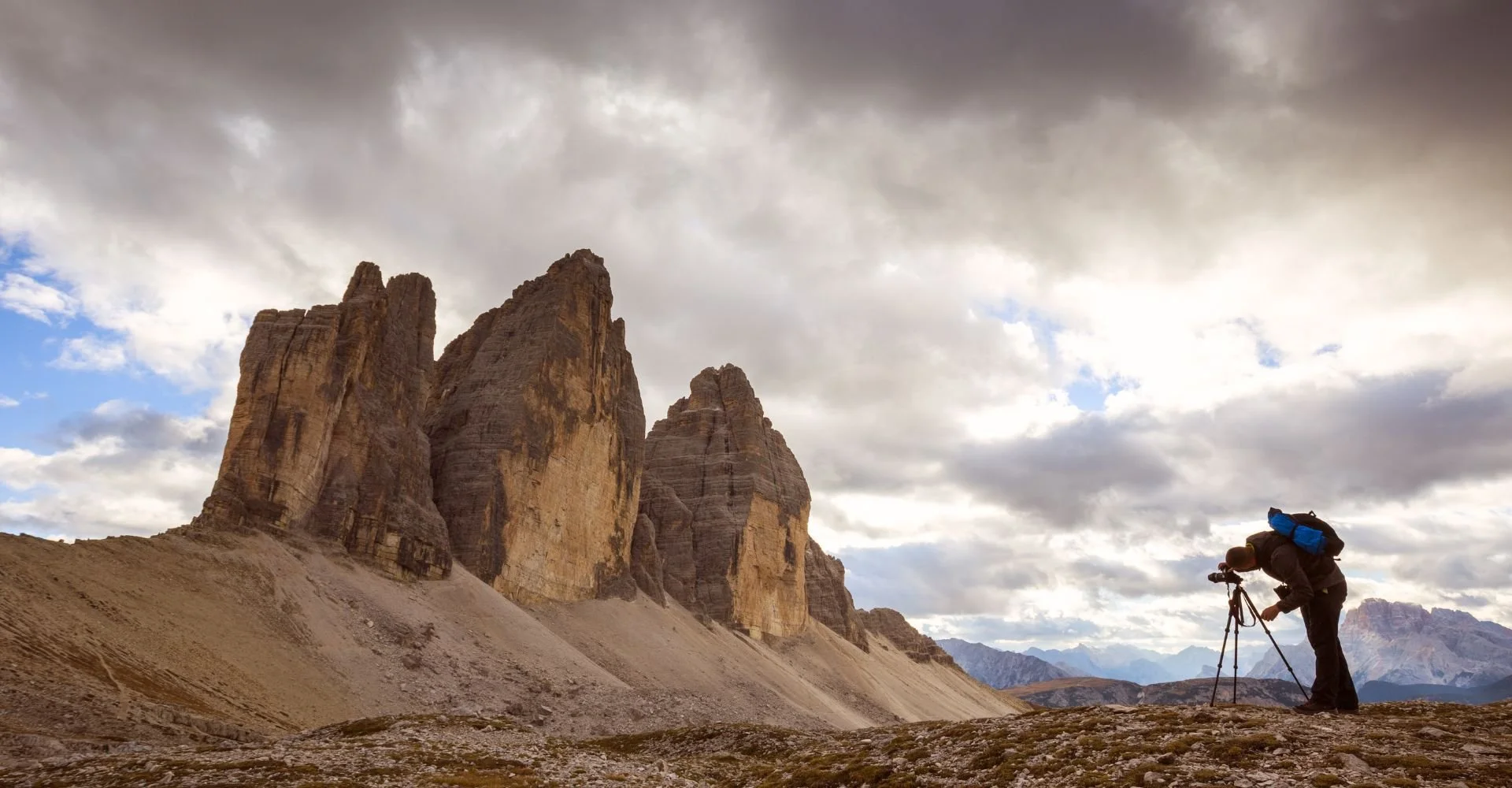Sand dunes offer photographers a vast and dramatic landscape, sculpted by wind and bathed in ever-changing light. The variety and the uniqueness of dunes make them a great subject to photograph, but these seemingly simple environments can pose unique challenges. It’s best to shoot sand dunes either early in the morning or in the late afternoon when the sun is low in the horizon, and you’ll need to be prepared for the desert environment as well. Here are some tips to help you capture the breathtaking beauty of sand dunes.
Read MoreColor is more than just an aesthetic element in photography, it's a powerful tool that shapes how we perceive and connect with an image. Colors can trigger emotion and memories of a beautiful place or sentimental event. Imagine a world devoid of color, landscapes would be bland stretches of gray, portraits would lose their vibrancy, and the emotional impact of a photograph would vanish. Let's delve into the magic of color and how to unlock its potential in your photography journey.
Read MoreWhen you think of primary colors, you probably picture red, yellow and blue as you learned in art class as a kid. The idea behind any color theory system is to find the simplest way to reproduce the most colors that are visible to the human eye, and the traditional primaries are actually not the most efficient at doing that. As you step into the world of photography, the magic of capturing light unfolds through a different set of primaries: Red, Green, and Blue (RGB). Keep reading to learn how we see light and the science behind RGB.
Read MoreAspiring photographers might chase the "perfect" weather conditions such as the golden hour, but the truth is, every weather condition presents unique opportunities (and challenges) to capture stunning photographs. Photography could be described as the ability to paint with light, and as a photographer you must learn to use what’s available to you based on the time of day and conditions.
Read MoreWhile many associate stunning landscapes and vibrant colors with bright, sunny days, winter's frosty grip offers unique photographic opportunities. But be warned, cold weather throws a few curveballs at photographers when it comes to lighting. Let's delve into how cold weather affects photography lighting and explore tips to capture captivating images even when the thermometer dips.
Read MoreDoes a blanket of gray skies spell doom for outdoor landscape photographers, or does it hold hidden potential? The answer, like many things in photography, is: it depends! Cloudy weather presents both challenges and opportunities, and understanding them can help you decide if it's a friend or foe for your next shoot.
Read MoreThe call of the wild beckons, and you, camera in hand, are ready to answer, but before you embark on your outdoor photography adventure, make sure you have the right equipment to capture those breathtaking landscapes and fleeting moments of magic. In addition to a high-quality camera and lenses and a sturdy tripod, having the right accessories is essential for capturing stunning images in any outdoor environment. We’ll provide a breakdown of the essentials in this post.
Read MoreFrom the vastness of a mountain range, to the intricate details of a hidden waterfall and the fiery hues of a sunrise over a canyon, landscape photography captures the majestic beauty of our world. Snapping these breathtaking scenes requires the right tools, and the lens you choose plays a crucial role. Landscape photography commonly usually uses both wide angle and telephoto lenses. Want to learn more? Keep reading.
Read More







